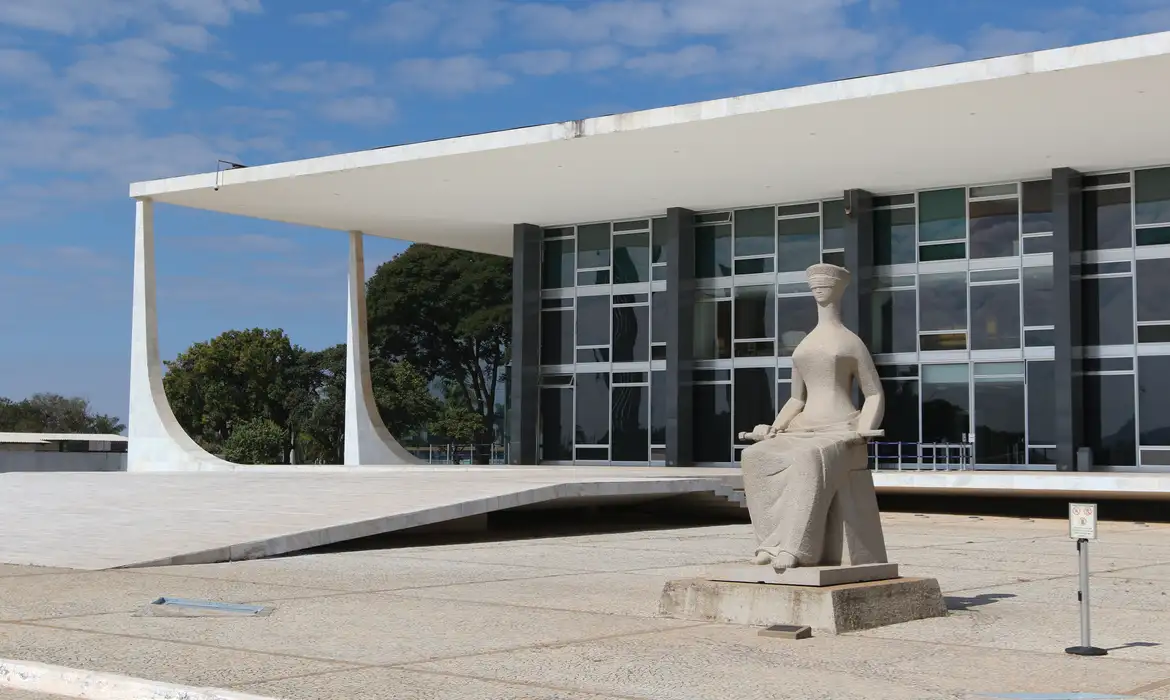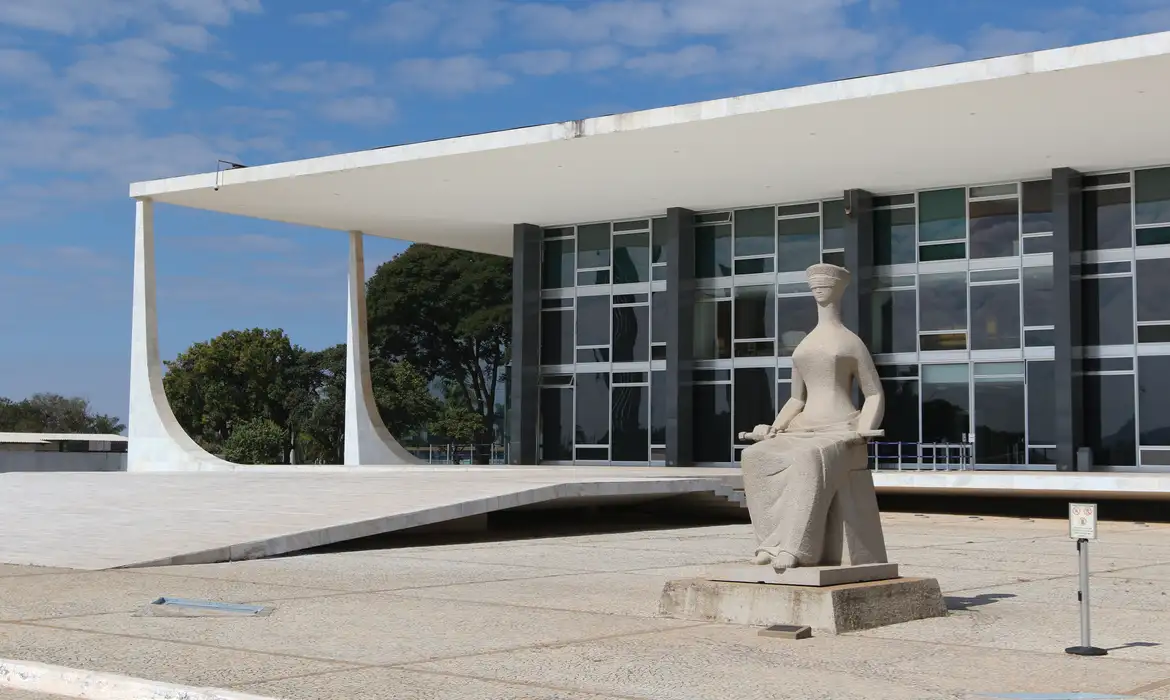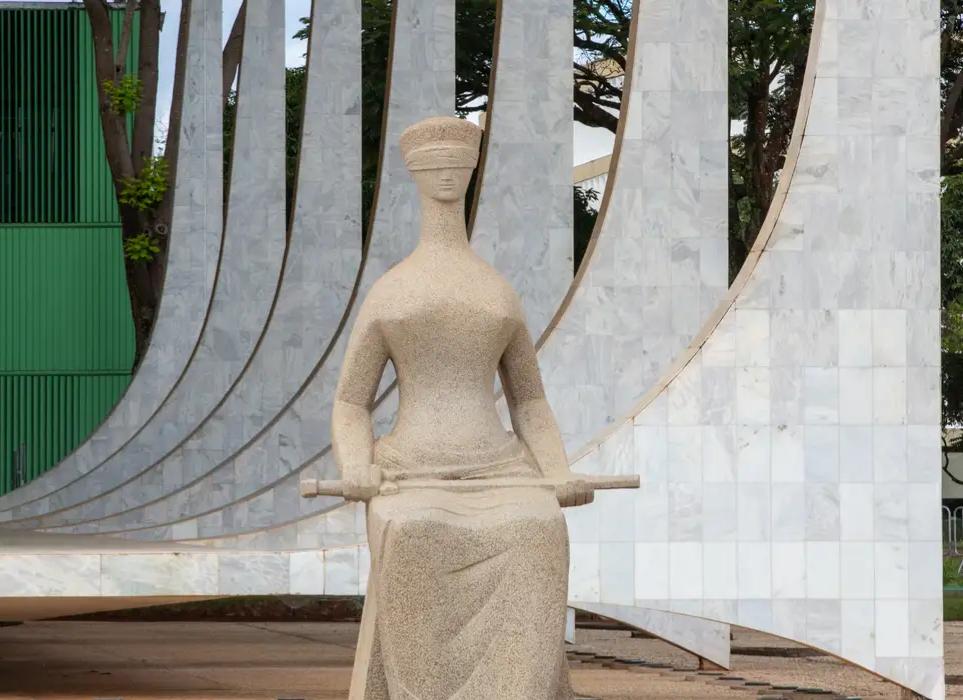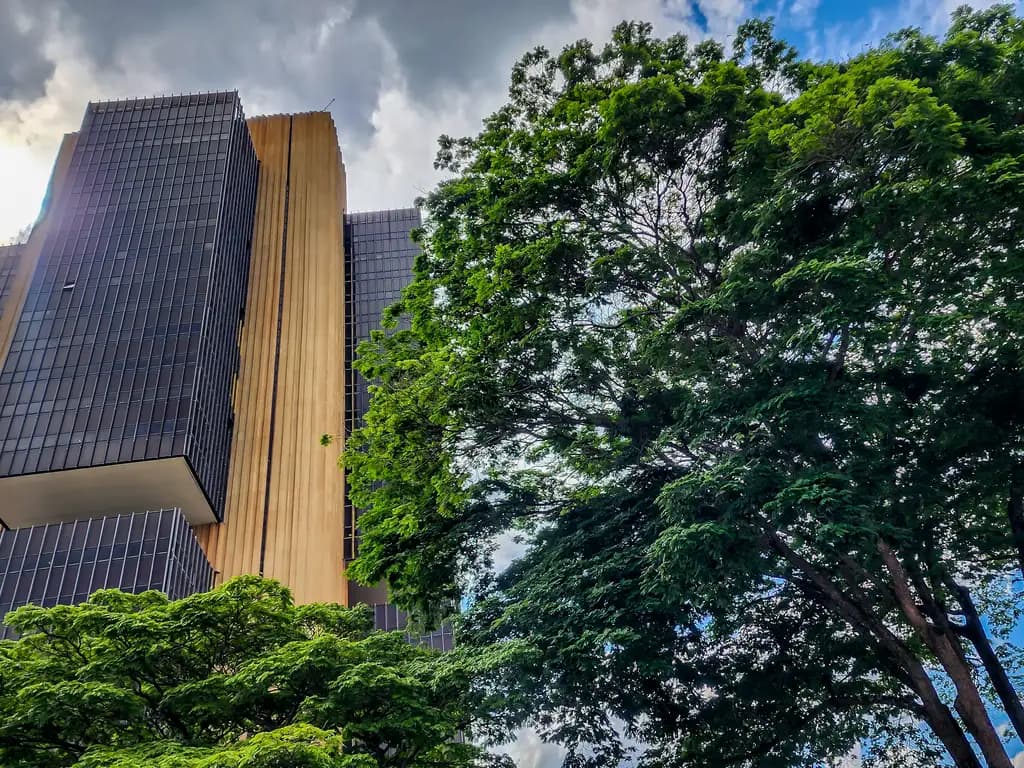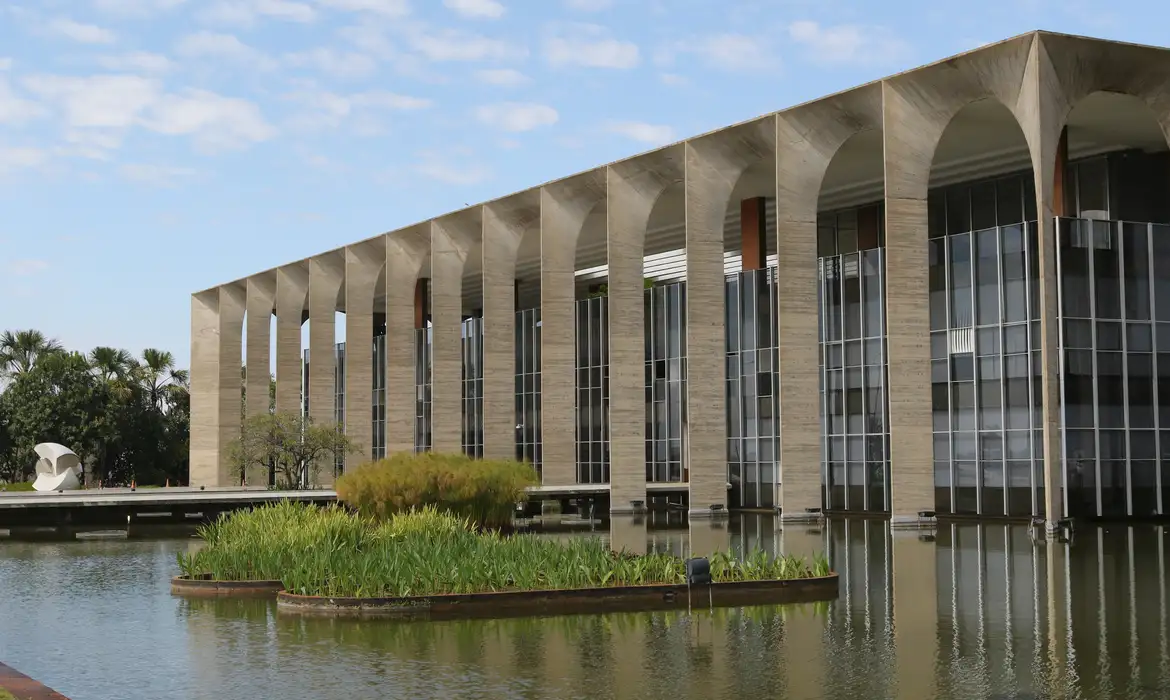The more things change, the more they stay the same. That may well be how large creditors feel as the Business Insolvency Act (BIA) turns fifteen amidst discussions in Congress of a Draft bill to reform it. The BIA acknowledges that creditors are key stakeholders of companies under reorganization proceedings. Nevertheless, courts have consistently taken a pro-debtor stance when applying the BIA – when it comes to the content and voting of restructuring plans, debtors have been allowed to impose their will on dissenting creditors in high-profile cases. The proposed bill brings little hope to effectively change that picture.
The previous insolvency legislation was enacted in 1945 and provided for the moratorium (“concordata”) as the only means to rescue distressed businesses; recovery was rarely accomplished as debtors routinely failed to repay their debts and were liquidated in the end. The rules contained in the BIA are far more modern: reorganization (“recuperação judicial” or “RJ”) is the norm, inspired by U.S. “Chapter 11” proceedings – meaning a debtor-in-possession process in which debtor must bargain to survive whilst creditors have the right to vote a debt restructuring plan with multiple alternatives on the table (asset sales, haircuts, debt-for-equity swaps and so on).
Despite the promising changes, the reality of the reorganization proceedings has proved much harder for creditors than advertised back in 2005. A well-known problem in Brazil is legal uncertainty, as discussed many times before in LS Brazil Outlook. Interpretation of the BIA is no exception: courts have watered down the letter of the law for the direct or indirect benefit of debtors.
Limitation to creditors’ power to approve or reject the debt restructuring plan is arguably the most consequential example of this trend. Courts have, at times, disregarded votes cast by creditors against plans on the grounds of “abusiveness” and have used the “cram-down” mechanism (by which the court is allowed to ratify a plan not approved by the majority of creditors, so long as certain thresholds are met). The cram down thresholds have also been made more flexible through recent court decisions. In both cases, the end result is that plans rejected by a vast majority of creditors pursuant to the BIA are confirmed nonetheless.
The root of this problem is the “preservation of businesses principle”, a provision in the BIA setting forth that the purpose of RJs is to enable businesses to overcome temporary distress and thereby preserve their role in society (such as creating jobs, paying taxes, and generating wealth). Since the enactment of the BIA, courts have misconstrued this provision and presumed that all companies filing for RJ are salvageable. This is obviously not true from an economic perspective – some businesses are beyond salvation or may only be saved at excessively high costs. The objective way of determining whether the business is viable is looking at the rescue plan to which the debtor is willing to commit and whether the creditors find it acceptable (i.e., preferable to liquidation).
A draft bill to the BIA has been recently approved by the House of Representatives and is now being reviewed by the Senate reform (“Draft Bill”). Its starting point is the correct perception that RJs are not working as well as they could be, and it seems to bring improvements to creditors’ position in RJs.
Notwithstanding these promises, a closer look unveils a somewhat different reality and shows that, as far as large creditors are concerned, there is reason for caution. One of the core principles of RJs – that creditors whose claims (that is, whose property rights) are affected by the RJ must have the right to decide on its outcome – is not properly protected by the Draft Bill as it currently stands.
For instance, the Draft Bill allows creditors to submit their own debt restructuring plans. However, these alternative plans will not compete against the debtor’s own plan, but may only be submitted after the debtor’s plan has been voted and rejected by creditors. Furthermore, a set of conditions must be met for the creditor to be allowed to submit an alternative debt restructuring plan, among which: (a) debtor’s plan must have failed to meet the threshold for cram down and (b) creditor’s plan must be backed by a minimum number of creditors.
Creditors should brace for an uphill battle to be in a position to even submit their alternative plans. The Draft Bill does not reduce courts’ ability to disregard creditor vote for “abusiveness” or to be lenient towards cram down thresholds; to the contrary, it deems votes on debtor’s plan abusive if the creditor has exercised its voting right “to obtain an unlawful advantage for itself or a third party” – a very open wording. It is not hard to foresee a scenario in which the court disregards the votes cast against a debtor’s plan because the relevant creditors are submitting or backing an alternative plan.
A separate example of how little protection large creditors may receive from the existing Draft Bill regards substantive consolidation. Under this rule, different debtors within the same RJ case may file one single plan seeking to be treated as a single entity with consolidated debt; a consequence is that creditors’ bargaining power is diluted because they are forced to join a larger pool of claims within the RJ. Instead of allowing creditors to each debtor to vote whether they accept substantive consolidation, the Draft Bill vests the insolvency court with the power to decide on debtors’ request.
Tweaks to the BIA are welcome, but more efficient and result-driven RJs require a change in the mindset of lawmakers and judges alike. Creditors are better equipped than courts to deal with their own interests, to make rational economic decisions, and to determine whether a business is viable and what sacrifices are worth accepting to salvage it instead of liquidating it. By failing (or refusing) to establish clearer limits to the application of the preservation of businesses principle, the existing bill is wasting an opportunity to increase legal certainty and, consequently, improve business environment.


















